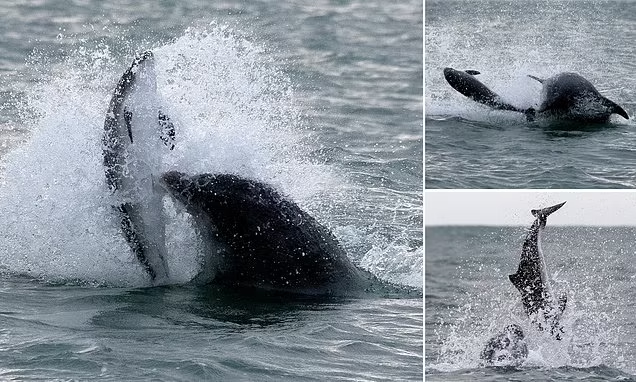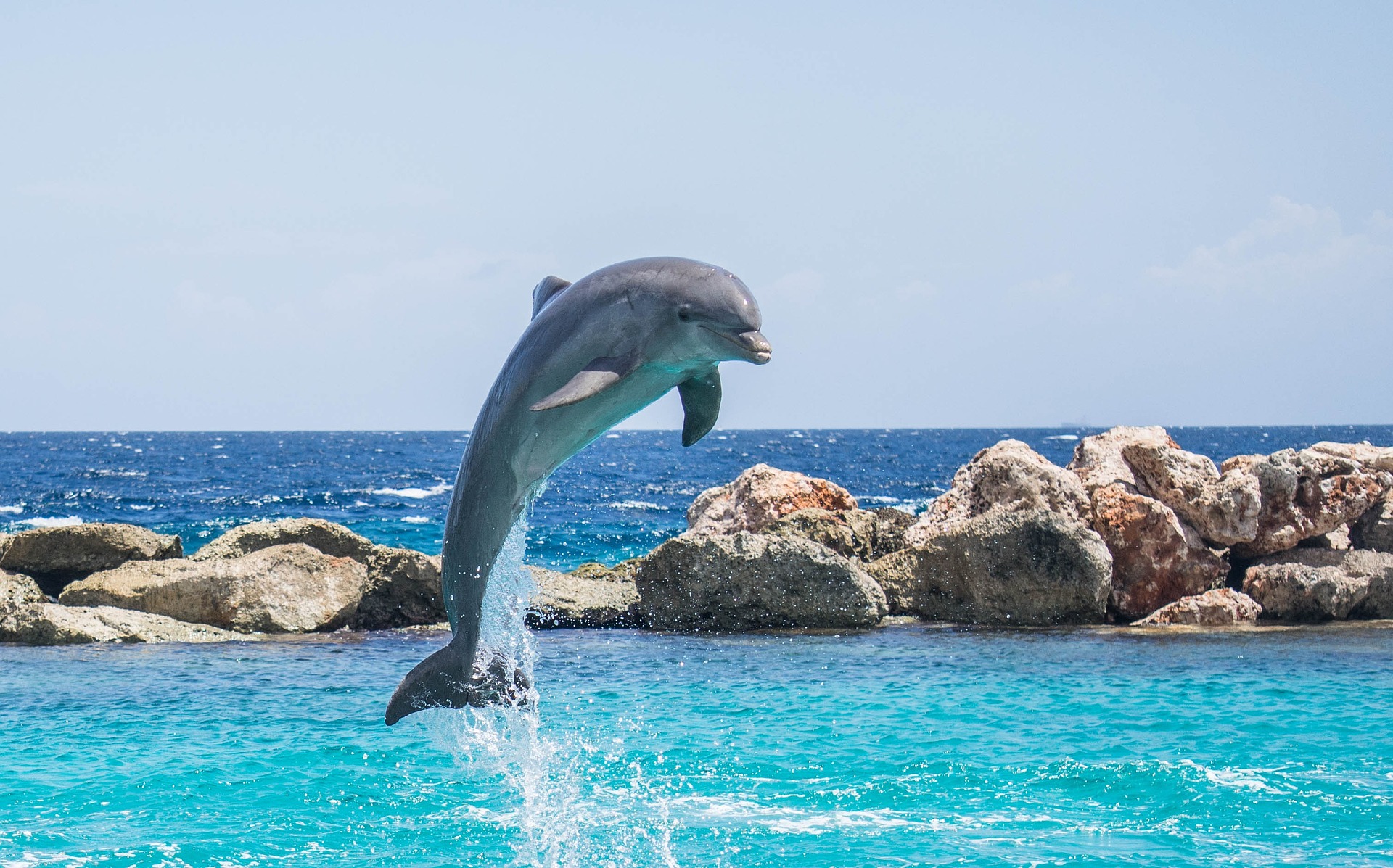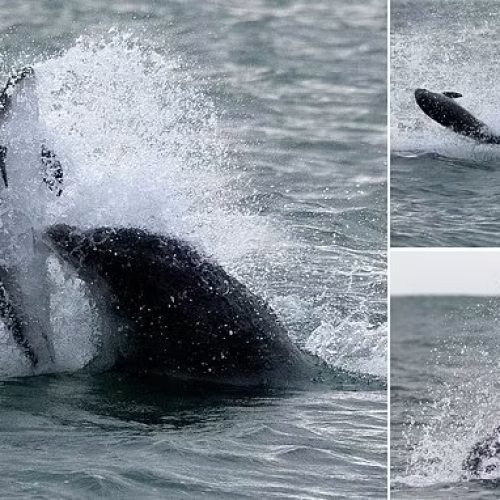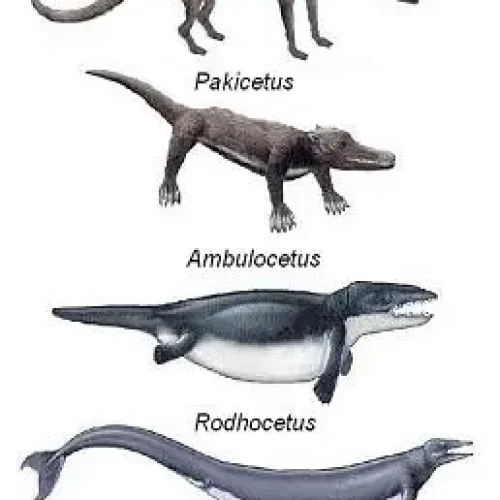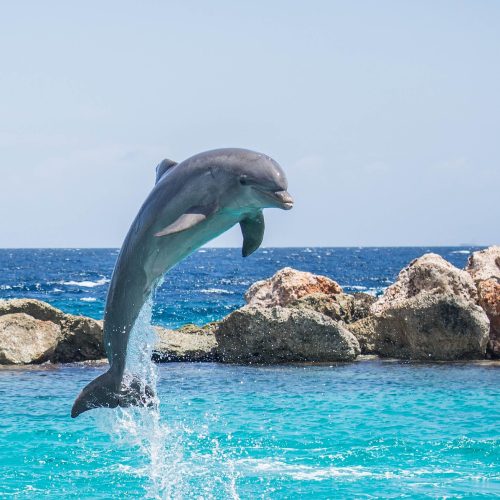The dolphin has long been considered a friend of mankind.
Yet in some parts of the world, dolphin meat is consumed, sparking heated controversy.
Between health risks linked to the presence of toxic contaminants and ethical concerns surrounding hunting practices, the consumption of dolphin meat raises many questions.

In this article
HEALTH RISKS ASSOCIATED WITH DOLPHIN MEAT CONSUMPTION
Dolphin meat, while considered a delicacy in some cultures, has become a subject of intense controversy due to the numerous health risks and ethical concerns associated with its consumption.
Despite the allure of its unique taste and cultural significance, the dark reality behind this controversial dish cannot be ignored.
One of the primary concerns surrounding dolphin meat is the potential health hazards it poses to consumers.
Dolphins, being top predators in the marine food chain, accumulate high levels of toxic contaminants in their bodies over their lifetimes.
High Mercury Levels and Other Toxic Contaminants: Dolphin meat has been found to contain alarming levels of mercury, a toxic metal that can cause severe neurological damage, especially in fetuses, infants, and young children.
Studies have shown that dolphin meat can have mercury concentrations up to 20 times higher than the recommended safe limit for human consumption.
YOU MAY ALSO LIKE – Which countries eat dolphin meat? The nations where dolphin consumption is still a reality
In addition to mercury, dolphin meat may also harbor other harmful pollutants such as PCBs (polychlorinated biphenyls), DDT (dichlorodiphenyltrichloroethane), and dioxins.
These persistent organic pollutants (POPs) have been linked to various health issues, including cancer, reproductive disorders, and immune system dysfunction.
Potential for Foodborne Illnesses and Zoonotic Diseases: Consuming dolphin meat also carries the risk of contracting foodborne illnesses caused by bacteria, viruses, and parasites.
Improper handling, storage, and preparation of dolphin meat can lead to the growth of harmful pathogens such as Salmonella, E. coli, and Listeria.
Moreover, dolphins can harbor zoonotic diseases that can be transmitted to humans, such as brucellosis and toxoplasmosis.
These diseases can cause severe symptoms and may even be life-threatening, particularly for individuals with weakened immune systems.
YOU MAY ALSO LIKE – Who are the predators of dolphins? Discover their fiercest predators
ETHICAL CONCERNS SURROUNDING DOLPHIN HUNTING PRACTICES
Beyond the health risks, the methods used to obtain dolphin meat have come under intense scrutiny from animal rights activists and the international community.
The cruel and inhumane practices involved in dolphin hunting have sparked outrage and calls for a global ban on the trade of dolphin products.
Inhumane Hunting Methods and Animal Welfare Issues: Dolphin hunting often involves the use of brutal and unethical methods, causing immense suffering to these intelligent and sentient creatures.
Hunters may employ techniques such as drive hunting, where dolphins are chased and corralled into shallow waters, causing them to panic and become disoriented.
The animals are then slaughtered using spears, knives, or other sharp objects, leading to a slow and painful death.
The distress and anguish experienced by dolphins during these hunts is palpable, as they are highly social and emotionally complex animals.
The separation of family members, the trauma of the chase, and the witnessing of their pod mates being killed can have severe psychological impacts on the surviving dolphins.
The Taiji Dolphin Hunt: A Notorious Example: One of the most notorious examples of dolphin hunting is the annual hunt that takes place in Taiji, Japan.
This hunt, which gained international attention through the documentary film “The Cove,” involves the capture and slaughter of hundreds of dolphins each year.
The hunt has been widely condemned by animal welfare organizations and the international community for its cruelty and lack of transparency.
YOU MAY ALSO LIKE – Why do dolphins strand themselves on the beach? From environmental factors to health problems
THE IMPACT OF DOLPHIN MEAT CONSUMPTION ON MARINE ECOSYSTEMS
The consumption of dolphin meat not only raises concerns for human health and animal welfare but also has far-reaching consequences for the delicate balance of marine ecosystems.
As apex predators, dolphins play a crucial role in maintaining the health and stability of the oceans.
- Disrupting the Balance of Marine Food Chains
Dolphins, being at the top of the food chain, help regulate the populations of their prey species, such as fish and squid.
The removal of large numbers of dolphins from the ecosystem can lead to an imbalance in the populations of these lower trophic level species, potentially causing cascading effects throughout the entire marine food web.
- Dolphins as Apex Predators and Keystone Species
In addition to their role as apex predators, dolphins are also considered keystone species in many marine environments.
They help maintain biodiversity by controlling the abundance of certain species and creating opportunities for others to thrive.
The loss of dolphin populations can have ripple effects on the overall health and resilience of marine ecosystems.
- Cascading Effects on Other Marine Life
The decline of dolphin populations due to hunting and consumption can also indirectly impact other marine species.
Many dolphin species have symbiotic relationships with other organisms, such as certain species of fish that rely on dolphins for protection from predators.
The absence of dolphins can disrupt these relationships and leave these species vulnerable.
- Contributing to the Decline of Dolphin Populations
The demand for dolphin meat, coupled with other threats such as pollution, habitat destruction, and entanglement in fishing gear, has contributed to the decline of many dolphin species worldwide.
Some populations have been pushed to the brink of extinction, while others struggle to recover from decades of overexploitation.
- Overfishing and Unsustainable Hunting Practices
The unsustainable hunting of dolphins for their meat is often fueled by the demand from consumers and the lack of effective regulations and enforcement.
In some regions, dolphin hunting operates in a legal gray area, with quotas that exceed sustainable levels and weak monitoring systems.
This leads to overfishing and the depletion of dolphin populations beyond their ability to recover.
- Threats to Endangered Dolphin Species
Many dolphin species are already listed as endangered or critically endangered by the International Union for Conservation of Nature (IUCN).
The continued consumption of dolphin meat puts additional pressure on these vulnerable populations, pushing them closer to extinction.
The loss of these species would not only be a tragedy in terms of biodiversity but also a loss of the important ecological roles they play in marine ecosystems.
CULTURAL AND HISTORICAL CONTEXT OF DOLPHIN MEAT CONSUMPTION
For centuries, coastal communities around the world have relied on the sea for sustenance, including the hunting and consumption of dolphins.
These practices, deeply ingrained in local cultures and traditions, have been passed down through generations.
However, as our understanding of dolphin intelligence and the ecological importance of these marine mammals has grown, the ethics and sustainability of these practices have come under scrutiny.
In Japan, the hunting of dolphins and other small cetaceans has a long history dating back over 400 years.
The town of Taiji, in particular, has been the focus of international attention due to its annual dolphin hunt.
Fishermen use a method called “drive hunting,” where they herd dolphins into a cove and select some for sale to marine parks, while others are killed for their meat.
This practice has been the subject of much criticism from animal rights activists and the international community.
In some coastal regions of Peru, dolphin meat has been a staple of the local diet for generations.
The Moche people, an ancient civilization that flourished in northern Peru between 100 and 700 AD, even depicted dolphins in their art and considered them sacred animals.
Today, however, the consumption of dolphin meat in Peru is illegal, as the government has recognized the need to protect these intelligent and social creatures.
As our scientific understanding of dolphins has advanced, revealing their complex social structures, advanced communication abilities, and high levels of intelligence, public opinion has begun to shift.
Many people now view the hunting and consumption of dolphins as unethical and unnecessary, given the availability of alternative food sources.
Animal welfare organizations, conservation groups, and concerned citizens worldwide have been vocal in their opposition to the hunting and consumption of dolphin meat.
They argue that these practices are cruel, unsustainable, and pose significant threats to dolphin populations.
Calls for a complete ban on dolphin hunting and stricter regulations on the trade of dolphin products have gained momentum in recent years.
The international community has also put pressure on countries that continue to hunt dolphins for their meat.
In 2019, Japan faced widespread condemnation after leaving the International Whaling Commission (IWC) and resuming commercial whaling.
The decision was met with diplomatic protests, economic sanctions, and threats of boycotts from various nations and organizations.
ALTERNATIVES TO DOLPHIN MEAT CONSUMPTION
Promoting Sustainable Fishing Practices : One alternative to dolphin meat consumption is the promotion of sustainable fishing practices.
By focusing on abundant, fast-growing species and using methods that minimize bycatch and habitat damage, we can ensure a reliable food source while protecting dolphins and other marine life.
Governments, NGOs, and the fishing industry must work together to develop and implement these practices.
Encouraging a Shift Towards Plant-Based Diets: Encouraging a shift towards plant-based diets can also help reduce the demand for dolphin meat and other animal products.
As more people become aware of the environmental and ethical benefits of plant-based eating, the pressure on marine ecosystems may decrease.
Governments and health organizations can play a role in promoting the benefits of a plant-based diet and providing resources to help people make the transition.
Supporting Eco-Friendly Tourism and Dolphin Watching: Eco-friendly tourism, such as responsible dolphin watching, can provide an economic alternative to dolphin hunting while also fostering a greater appreciation for these animals.
When conducted properly, dolphin watching can be a sustainable and educational activity that benefits both the local community and the dolphins.
Governments and tourism operators should work together to develop guidelines and regulations to ensure that dolphin watching is conducted in a manner that minimizes disturbance to the animals and their habitat.
Investing in Aquaculture and Fish Farming: Investing in sustainable aquaculture and fish farming can help meet the growing demand for seafood while reducing pressure on wild dolphin populations.
By farming fast-growing, herbivorous fish species, we can create a more efficient and environmentally friendly food source.
However, it is crucial that aquaculture operations are carefully managed to avoid negative impacts on coastal ecosystems and local communities.
Developing Cultured Meat and Seafood Alternatives: In recent years, there has been significant progress in the development of cultured meat and seafood alternatives.
These products, grown from animal cells in a lab setting, have the potential to provide a cruelty-free and sustainable alternative to traditional meat sources.
As technology advances and production costs decrease, cultured meat and seafood may become a viable alternative to dolphin meat consumption.
THE FUTURE OF DOLPHIN CONSERVATION AND PROTECTION
To ensure the long-term protection of dolphins, it is essential to strengthen international regulations and enforcement measures.
This includes closing loopholes in existing laws, increasing penalties for violations, and improving monitoring and surveillance of dolphin populations.
The international community must work together to establish a comprehensive framework for dolphin conservation and hold countries accountable for their actions.
Governments and non-governmental organizations (NGOs) must collaborate to address the complex issues surrounding dolphin conservation.
By pooling resources, sharing knowledge, and developing joint strategies, these entities can more effectively tackle the challenges facing dolphin populations worldwide.
This collaboration can also help to ensure that conservation efforts are culturally sensitive and consider the needs of local communities.
Educating consumers about the risks and ethical implications of dolphin meat consumption is crucial in shifting public opinion and reducing demand.
This can be achieved through public awareness campaigns, educational programs in schools, and the dissemination of scientific information through media outlets. By empowering consumers with knowledge, we can encourage more informed and responsible choices.
Promoting dolphin-safe labeling and certification can help consumers make informed decisions about the seafood they purchase.
These labels indicate that the product was sourced from fisheries that do not harm dolphins or other marine mammals. Governments and industry leaders should work together to develop and implement rigorous standards for dolphin-safe certification, ensuring that consumers can trust the labels they see on seafood products.
Establishing and supporting marine protected areas (MPAs) and dolphin sanctuaries is essential for safeguarding dolphin habitats and populations. These protected areas provide a safe haven for dolphins to feed, breed, and raise their young without the threat of hunting or harassment.
Governments and conservation organizations must work together to identify and designate critical dolphin habitats as MPAs and ensure that these areas are effectively managed and enforced.

